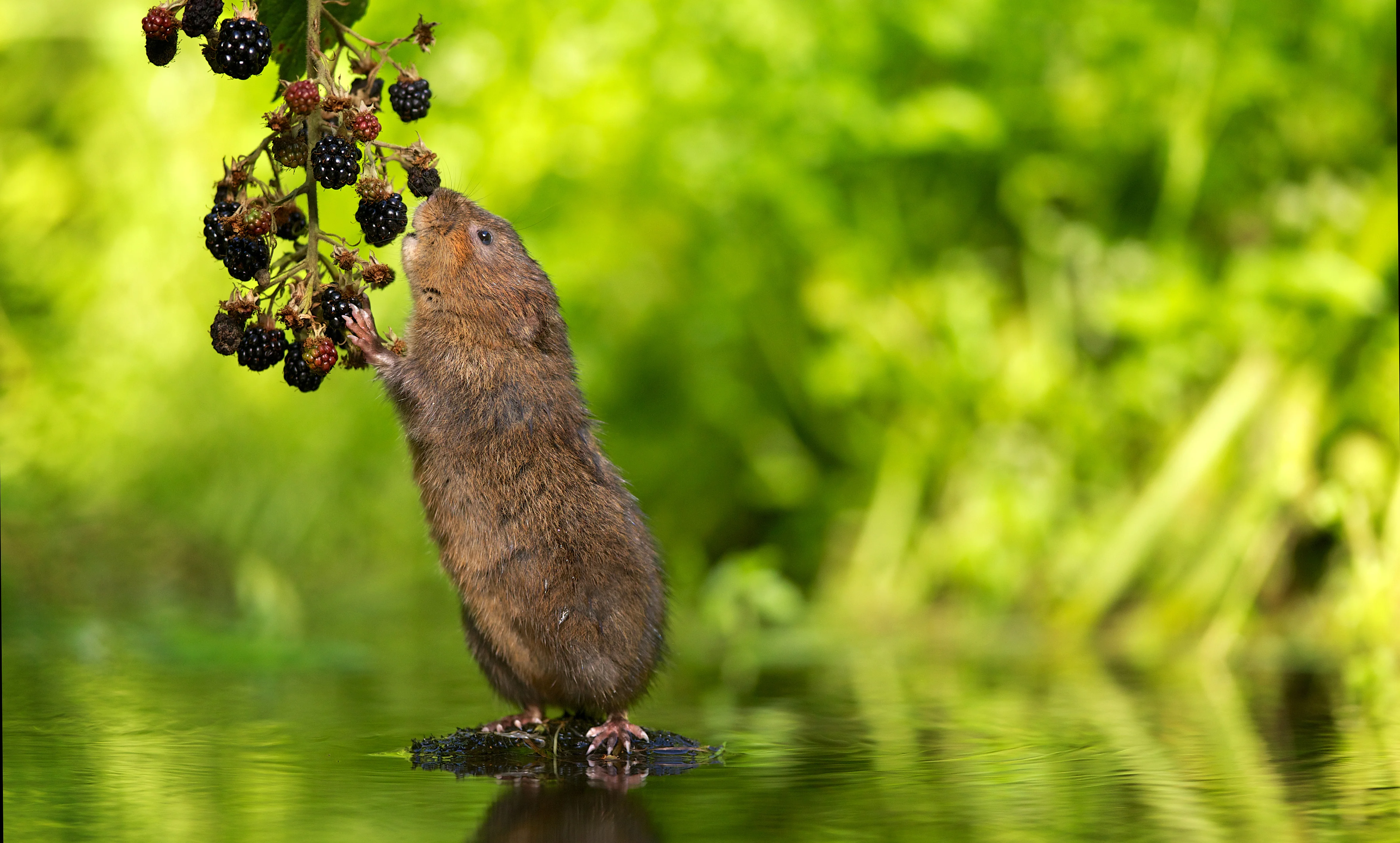What is the LNRS and why is it important?
Local nature recovery strategies are a statutory requirement for local authorities under the Environment Act 2021. There are 48 local nature recovery strategies in total, which cover the whole of England with no gaps or overlaps. Together, these strategies will help create a nationwide Nature Recovery Network by mapping priorities and opportunities for action to restore and enhance biodiversity.

Why is nature recovery important?
Nature has intrinsic worth that goes far beyond its usefulness to humans, but it also provides us with the things we need to survive – clean air, water and food – as well as a whole host of other benefits, known as ecosystem services.
Nature recovery delivers wide-ranging ecological, economic and health and wellbeing benefits, which interconnect and overlap. For example, providing green space in urban areas helps to lower temperatures in towns and cities, delivers cleaner air, improves people’s mental and physical health, and provides wildlife with an important stepping stone between habitats.
What does the LNRS include?
Local nature recovery strategies should reflect local needs and realities while also contributing to national environmental objectives, and must by law include:
- A local habitat map showing current and potential areas for nature recovery
- A written statement of nature priorities, outlining which actions where can have the most impact
Who is the LNRS for?
The LNRS is intended as a tool for anyone interested or invested in nature recovery, including:
- Landowners, farmers and land managers
- Local planning authorities
- Town and parish councils, who now have an enhanced ‘biodiversity duty’
- Conservation organisations and charities
- Businesses
- Individuals/members of the public
Local people are our greatest asset, and across the county there's a wealth of good will, knowledge and expertise that can be tapped into. Nature recovery can help build healthier, happier, more resilient communities. From planting trees to creating garden ponds – everyone has a role to play in delivering the LNRS. Take a look at our 'How to help nature now' page for more information, or find inspiration in our collection of local nature recovery case studies.
We've created pages for farmers, landowners and land managers and community groups and town/parish councils which describe how and why those groups are critical to local nature recovery.
What does the LNRS do?
The primary purpose of the LNRS is to identify where actions for nature recovery can deliver the most impact. It's designed to be a practical and strategic tool that can be used to:
- Support landowners and land managers without imposing obligations
- Unlock funding opportunities to drive effective, evidence-based action
- Inform local planning and decision-making
- Align with other council and local authority strategies, plans and functions
- Enable collaboration to make individual efforts more than the sum of their parts
At the national level, the LNRS will help to create a joined-up network of wildlife-rich places and support the UK’s progress towards legally binding environmental targets, such as halting species decline by 2030.
How was the LNRS developed?
Shropshire Council is the 'responsible authority' appointed to deliver the local nature recovery strategy for the administrative areas of Shropshire and Telford & Wrekin. Telford & Wrekin Council and Natural England are 'supporting authorities'.
To develop the draft Shropshire and Telford & Wrekin LNRS, we've worked alongside a range of key local stakeholders, including:
- Farmers and landowners
- Environmental and community groups
- Parish and town councils
The process has been guided by the LNRS Steering Group, which includes representatives from:
- Shropshire Council (the responsible authority)
- Natural England (supporting authority)
- Telford and Wrekin Council (supporting authority)
- Country Land and Business Association
- Environment Agency
- Forestry Commission
- National Farmers Union
- Shropshire Hills National Landscape
- Shropshire Wildlife Trust
For an overview of the process and our future plans, see our page on how the LNRS has been developed.
